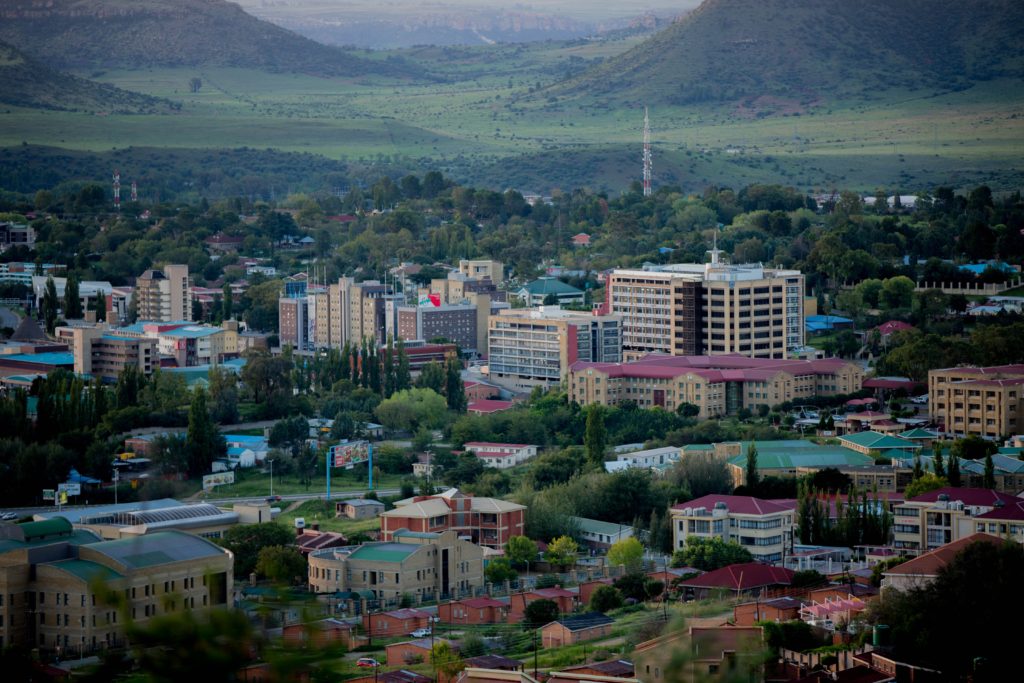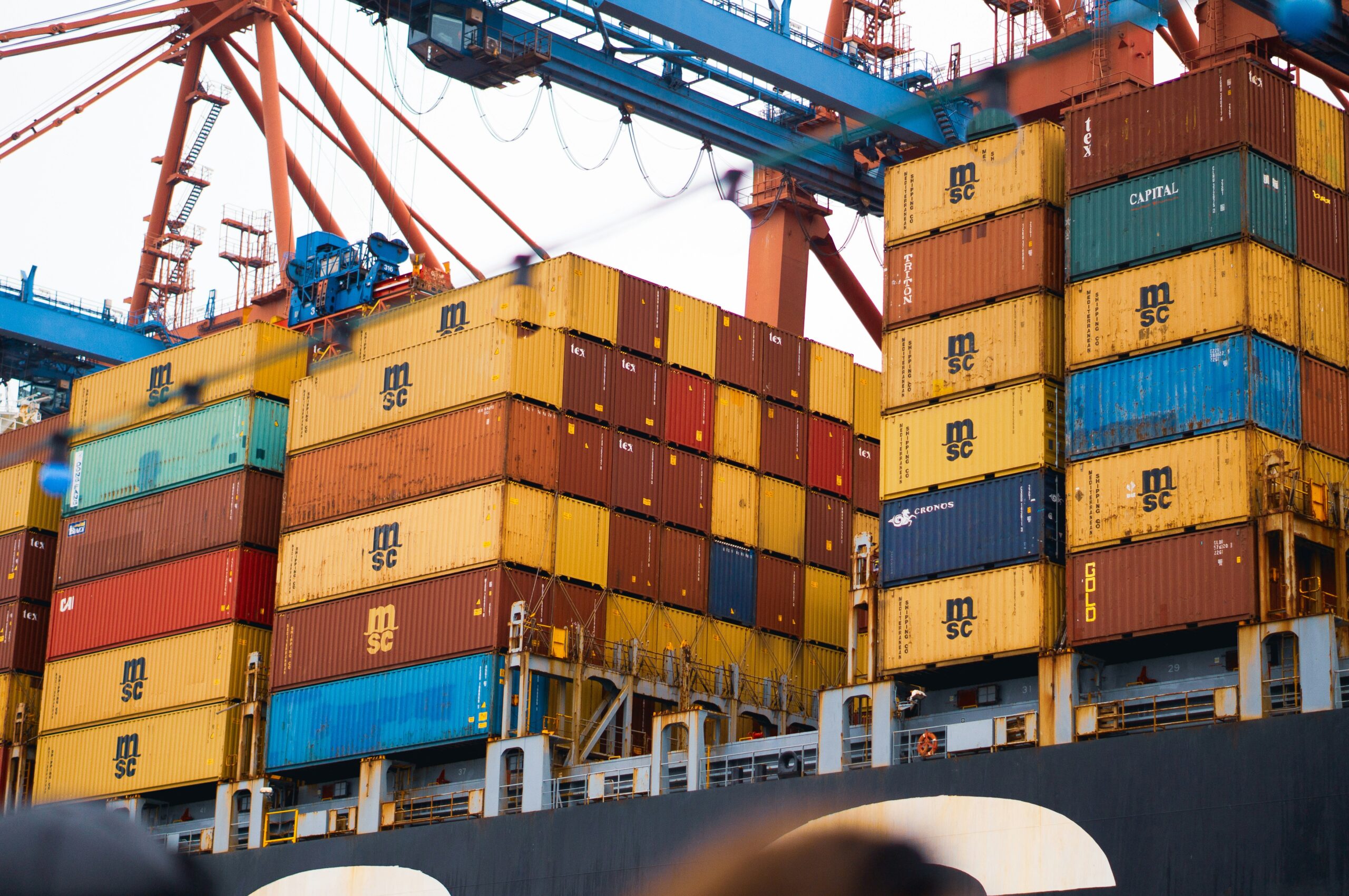Lesotho came up at position 147 out of 189 nations in the World Bank’s 2014 Doing Business Report under the heading “Trading Across Borders”. According to the report, seven documents are necessary for both the importation and exportation of goods from or into Lesotho. Importing merchandise into Lesotho typically takes 33 days, while exporting merchandise out of Lesotho typically takes 31 days. Protective tariffs, South African port congestion, customs valuation over invoice prices, import permissions, and ineffective administration are some of the commercial hurdles mentioned by foreign businesses in Lesotho. Due to its lack of direct access to the sea and tiny international airport, the country offers a problem for traders when it comes to shipping products to and from the country.

However, Durban, South Africa, has high-quality facilities that are reachable via road and rail networks. The right to handle merchandise import and export belongs to any Lesotho organization or person. For commercial products to be exported from or imported into Lesotho, a registered business with the appropriate business license is required.
The Lesotho Revenue Authority (LRA)
The Lesotho Revenue Authority (LRA), which oversees the Customs, is in charge of managing the entry and outflow of commodities into and out of the country as well as assessing, collecting, and remitting public revenue to the government.
The exporter must ensure that they have created all of the precise export documentation needed to have the items delivered through the port, cleared through customs, and in conformity with all laws and regulations before they are loaded onto the pre-selected carrier. Correct completion of all export documentation is necessary to prevent missed shipments, port demurrage fees, or fines assessed against the company. Regardless of the value, an importer/exporter is required to submit a formal declaration of goods and services upon arrival into and exit from Lesotho. The LRA Customs are required to inspect all commodities. An official declaration form is utilized and recognized throughout the Southern African Customs Union (SACU) which is used to make the declaration. A single Administrative Document, or “SAD form”, is the name of this document. According to section 14 of the Customs and Excise Act No. 10 of 1982, all items entering and exiting Lesotho must be fully and unconditionally declared, and all related documentation must be presented with the SAD form.
Lesotho top exports
The top exports are diamonds ($387 million), knit women’s suits ($105 million), non-knit men’s suits ($100 million), wool ($37.7 million), and low-voltage equipment ($34.1 million), with the majority of these goods going to the United States ($297 million), Belgium ($281 million), South Africa ($267 million), Switzerland ($30 million), and United Arab Emirates ($28.1 million). The essential export customs clearance documents required by the exporting country’s load port customs are prepared once the products are packed for export.
invoice total Before moving the export cargo to the country’s customs port, the packing list, and other necessary export documentation are organized for the exporting country’s customs. The export documentation is electronically submitted to the exporting nation’s customs. From the exporters’ location to the customs facility, which also houses international carriers, the cargo is moved. The controlling cargo custodian unloads the export cargo at the exporting country’s customs bonded area. Such a custodian in the exporting country is in charge of handling the export cargo at the export port location.
The appropriate permission is granted by customs officials to transfer export cargo once the export process has been completed by the exporting country’s customs. Where necessary, export inspection processes are carried out by the customs officials of the exporting country.
Exportation
There are specific procedures that must be followed for exports from Lesotho. These are the regulations:
When there is a shortage of fruits, vegetables, eggs, or meat, the Department of Marketing, which is part of the Ministry of Trade and Industry, gives import permits. Local demand has never been matched by national output. Used clothing and automobile imports are subject to non-automatic licensing.
Protective tariffs, South African port congestion, customs valuation over invoice prices, import permissions, and ineffective administration are some of the commercial hurdles mentioned by foreign businesses in that country. Due to its lack of direct access to the sea and tiny international airport, Lesotho offers a problem for traders when it comes to shipping products to and from the country. However, Durban, South Africa, has high-quality facilities that are reachable via road and rail networks.
It is advised that companies interested in exporting from Lesotho use a reliable freight forwarding/customs clearing agent who is knowledgeable about Lesotho law. Because Lesotho depends on South African ports (mostly Durban) for imports, businesses will also need to hire freight forwarding/customs clearing agencies in that country.
Shipping from Lesotho requires the following:
- Business invoice.
- Garage list.
- Statement of Lading.
- Invoice of entry (SAD Form).
- Authentication document.



